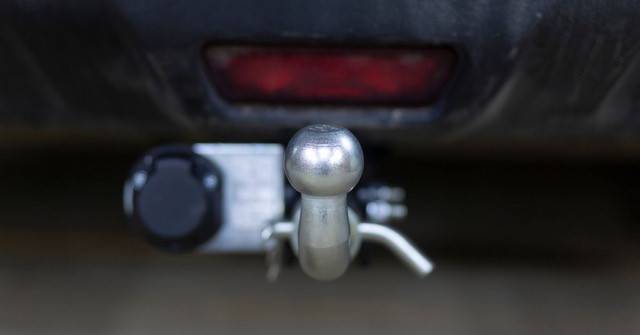The Social Model of Disability vs Medical Model
The social model of disability adapts the way people refer to and think about disability.
In this article we explore the key differences between the social model of disability vs medical model and how society is adapting with the importance of inclusive language.
The Social Model of Disability
Before we delve into the social vs medical model of disability, it’s important to understand what the social model of disability is.
The social model of disability is the understanding that disability is created by society and has been developed by disabled people to change the way others speak about and view disabilities.
The model states that people are disabled by barriers in society and an unsuitable environment, rather than by their mobility or health condition. These barriers could be physical such as an inaccessible building or pavement without wheelchair ramps or an online webpage with clashing text colours that someone with a visual impairment can’t read. Or these barriers could be caused by people’s attitudes and stereotypical beliefs, like assuming disabled people can’t do certain things.
This allows us to recognise the barriers and therefore remove them. Creating equality, independence and inclusivity.
The Medical Model of Disability
The medical model of disability suggests that people are disabled because of their mobility or health conditions. This implies that the problem therefore lies within that person.
This model focuses on what is ‘wrong’ with the person and not what the person needs which diminishes self esteem and independence.
Comparing The Medical & Social Model of Disability
The medical model vs social model of disability is a huge topic of conversation within the disability community. The social model is the largely preferred language as it encourages society to remove barriers and increase accessibility for all. This in turn increases people’s aspirations to lead an independent life due to the ‘can do’ nature of the language.
A misconception about the social model is that it excludes medical treatment or advice which is not the case at all. The social model of disability acknowledges that medical information and advice is needed, but should be based on what the person feels, not what a professional thinks is ‘normal’.
The Importance of Inclusive Language
Language is a powerful tool which can shift perceptions and attitudes. Being mindful and using inclusive language, especially when talking to or about disabled people is so important.
Ableist language fosters negative attitudes and discrimination towards disabled people and is unacceptable.
Some people might worry about what they can and can’t say in fear of accidentally offending people and therefore will avoid talking to disabled people. This can be just as harmful as using ableist language as it creates isolation and segregation. Understanding and learning inclusive language can make you feel more confident when talking to or about disabled people.
Using inclusive language promotes equality and diversity and helps everybody feel included. We recommend exploring some guidelines, podcasts or books to learn more.
Practical Applications
The social model of disability is easy to adopt and implement, it’s even quite likely that you already have without noticing it.
An example of the medical model of disability vs social model of disability could be that you have a limb amputation. The medical model would say that you can’t drive, whereas the social model will look at how we could adapt the car to ensure it’s accessible so you can continue to drive.
Or you are unable to use stairs to get into a restaurant, the social model recognises that the problem is with the accessibility of the building, not you. We would suggest simply adding a ramp.
At Mobility in Motion, we follow the social model of disability as we believe that it’s the barriers caused by society that present challenges to the disability community. Although we appreciate that language is very individualistic and customers will describe their own disability differently. So we wouldn’t change a direct quote from a customer if they use a different term.
Our mission is to make car travel easy and accessible to all by adapting vehicles. Speak with our team on 0800 288 4422 to find out how we can help you enjoy the open road or contact us online.

Lifestyle
Staycation Ready: Travel, Tow & Explore With Your Motability Car
Many people don’t realise that you can tow your Motability car, provided you have permission from Motability first. Read our guide for everything you need to…

Lifestyle
Disability Pride Month 2025
July is Disability Pride Month which offers the opportunity to highlight and celebrate the disability community and their pride. Discover the Disability Pride Month origin, discover…

Driving with adaptations
Learning to drive with a disability
Learning to drive can be a life-changing step towards greater independence, especially for people living with a disability. But the process can feel daunting without the…